Inclusion occurs when children with disabilities unconditionally participate in regular recreation opportunities in their own community. In terms of playgrounds this means that a family who is raising a child with disabilities should be able to go to the park where the neighborhood children are playing. It means they should not have to go to a playground that is designed for “special needs” nor should they have to travel a long distance out of their community to reach a facility that can accommodate their child.
Sometimes inclusion feels like a very difficult goal for a parks and recreation department. There is a belief that to be inclusive, a playground must be large and cost a great deal more than other playgrounds. However, some current trends in equipment design will be making this goal more attainable by developing new products that will fit people’s budgets as well as serving all children.

Open-Ended Play
When most people are asked to describe a neighborhood playground, they describe a module structure that has climbers going up and slides coming down; sometimes there is a theme, monkey bars, or swings to make the playground more interesting. This type of design is very didactic – children know that there is a right way and a wrong way to play. Climb up a climber, run over to the slide, go down, run around to another climber and do it again.
When there is a right way and a wrong way to play, children whose bodies do not support that type of play are left out. What if instead of this type of module structure, there are big pieces of equipment that a child looks at and says, “How do you play on that?” The child has to look and explore it and figure out how to play on it, and any way that she finds fun on it is the “right way” to play.
When "anyway you play" is the right way to play, it is much easier for a child who plays “differently” to fit in. When watching children on the Rushmore by Playworld Systems, observers found the children creating group games and activities. It was simple and automatic for them to include all of the children.

New Types of Swings and Movement Experiences
Swinging has always been a big part of playground play. Often today parks have added an accessible swing seat to their swing sets, automatically opening the swinging experience up to more children. Another easy addition to a playground is a group swing. It was once difficult to find a group swing due to safety concerns in the United States, but they have been around a long time in Europe and Australia. Now it is much simpler to find a group swing in America. Examples include the Biggo Swing from Dynamo, the Oodle Swing from Landscape Structures, and the Elephant Swing from Elephant Play.
These larger swings allow a child to decide whether they would like to sit up or lie down. It is fairly easy to transfer a child from a mobility device on to the swing, and the design of the swing provides them enough support so that they can swing. They can handle several children at one time or an adult holding a child. According to Bec Ho of Touched by Olivia in Australia, “The Bird Nest swings are loved by all children on our inclusive playgrounds. Children of all abilities get the chance to play and we love that it is a social experience.” These types of swings are not a huge financial investment and realize a great reward in terms of play value.
In addition to the “Bird Nest” type of big swing, there is new movement equipment that children of all abilities can easily play on and love. There is the Cruise Line from Playworld Systems, which is something like a combination of a zip line and a big swing. Children play together to get the seat to move, while other children are standing, sitting or lying down enjoying the movement. Landscape Structures has a zip line called the ZipKrooz that comes with a harnessed seat which is great fun.
Group Play
The module structure that is in many playgrounds today encourages individual play. A child climbs and slides down by himself. He might find a friend and they parallel play, but for the most part it is an individual challenge. See-saws are typically designed for only 2-4 children to play on at one time. Some of the new equipment on the market, encourages groups of children to play together to accomplish a goal.
There are now see-saws the support 6-8 children at one time. Recently, Playworld Systems announced the creation of their Teeter Tunnel that can have 20 children play on it at the same time. The Ion X-Wave 2 by Xccent Play can accommodate an entire classroom. Children sit on it and it goes up and down in a wave like motion. On this piece, an adult may need to help support a child with balance issues.
This type of group play is important for children with autism and developmental delays. They often do not know the social cues to play in a group. These pieces of equipment can allow a child to practice being with others in a non-threatening environment.
Electronic Play
Electronic play will not be the solution for every neighborhood park, but for those who can afford the equipment and the space, they can be the most inclusive activity in a park. Games like NEOS 360 from Playworld Systems and Pulse from Landscape Structures attract people of all ages and abilities. In parks with these pieces, it is not unusual to see teenagers playing each other, grandparents playing against their grandchildren, and people using mobility devices actively playing.
These games help people create social inclusion, the ability to gain social acceptance in positive interactions with peers. Because they attract people of all ages from toddlers to grandparents, it helps build this social acceptance. People gather around and cheer for the players regardless of their playing ability. It is rare that a child with a disability gets cheered by their peers in a typical setting, making the electronic play an even more positive experience. When given the chance and the right environment, children are creative in devising ways for everyone to play.
In one instance at a playground in Ohio, a group of 8-year-olds were playing NEOS when they noticed a girl, Angela, not playing. Angela has cerebral palsy, which affects her ability to move most of her muscles and requires she use a wheelchair to get around. The other children asked Angela if she would like to play. Her eyes lit up and she nodded yes. The kids pushed her right into the middle of the game. Angela added more challenge to the game as the children needed to get around her wheelchair to hit the buttons. Angela watched and laughed and the kids circled around her. It was a case of true inclusion.
Conclusion
Playground manufacturers should be encouraged to continue to push the envelope in playground design. By thinking beyond the typical climber, slide, and swing, they can help communities succeed in creating inclusive environments where everyone benefits.



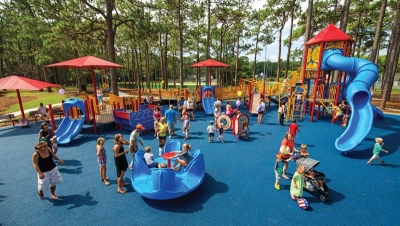
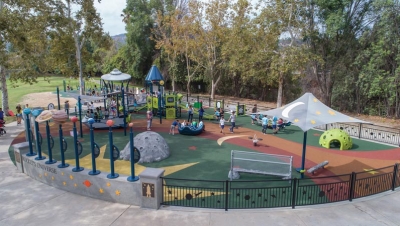
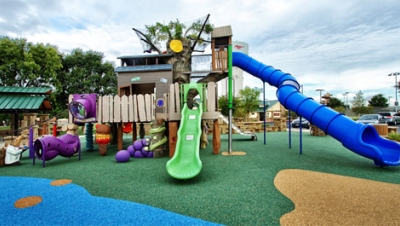
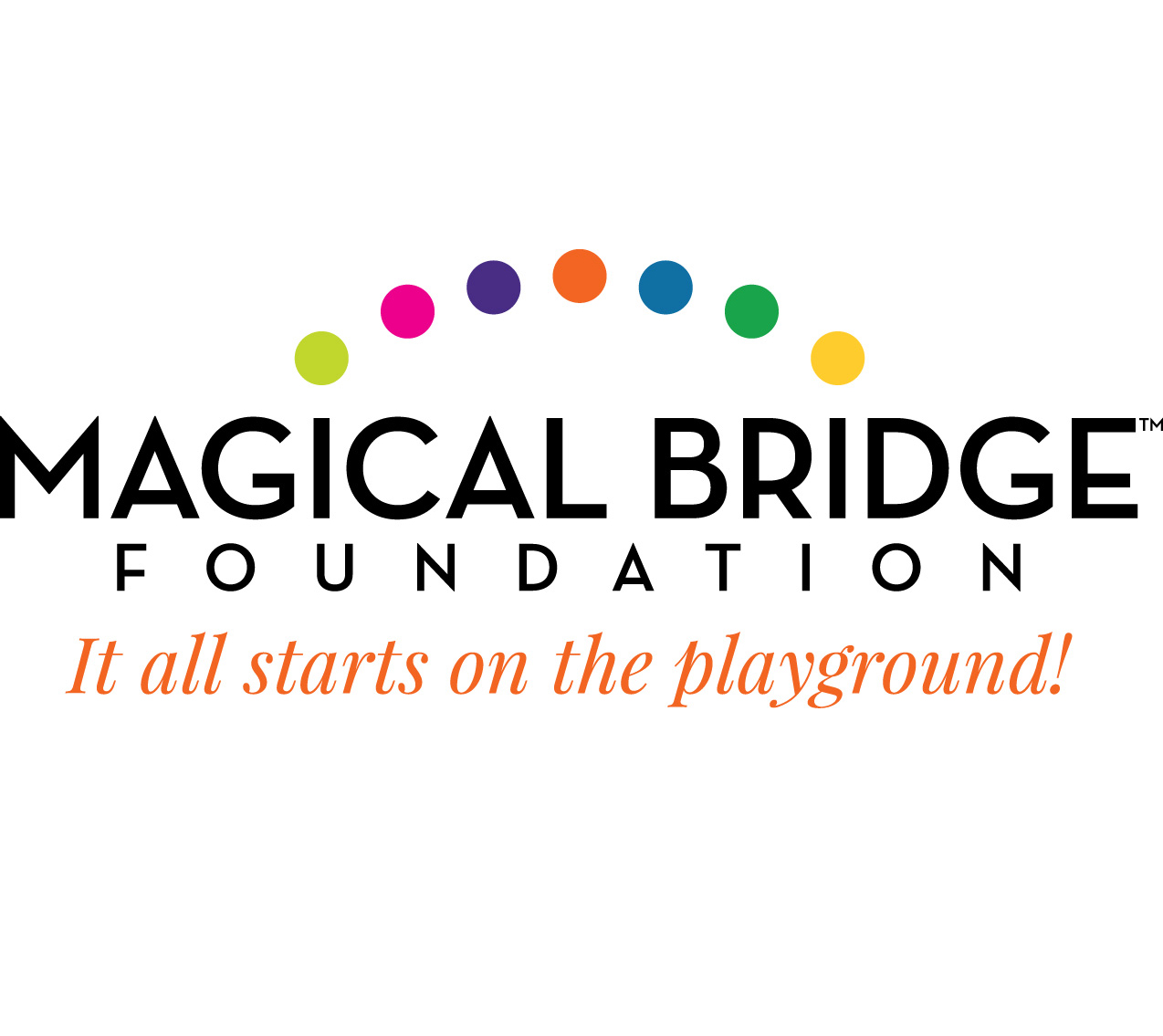


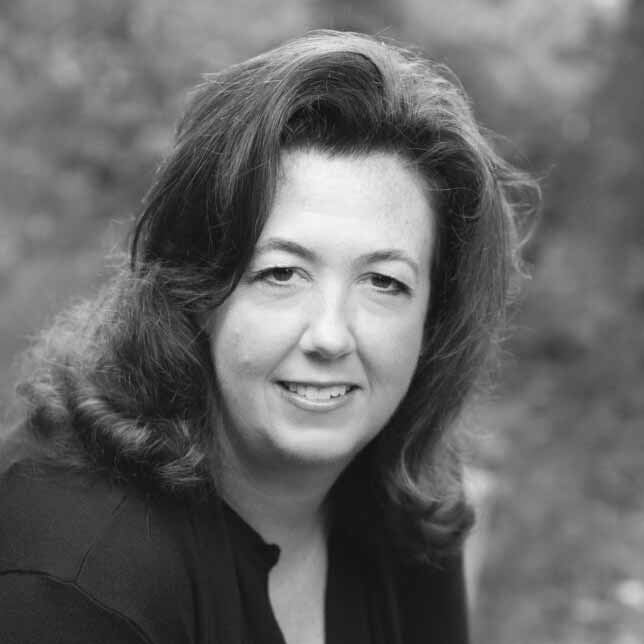


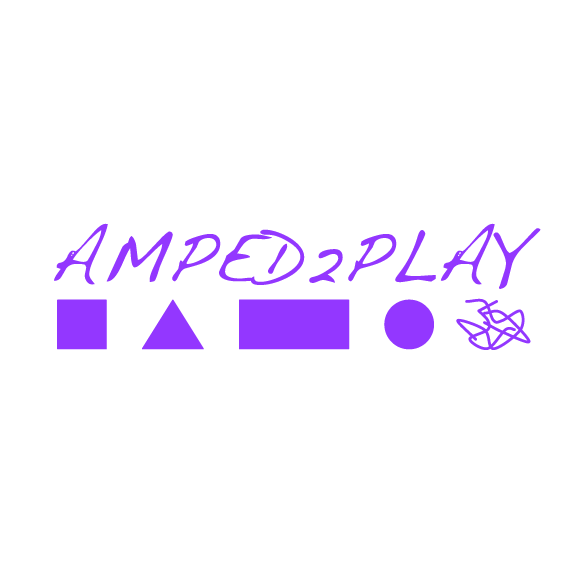
Nice Article
Very timely.
Thank you
Steve Meyer
Add new comment